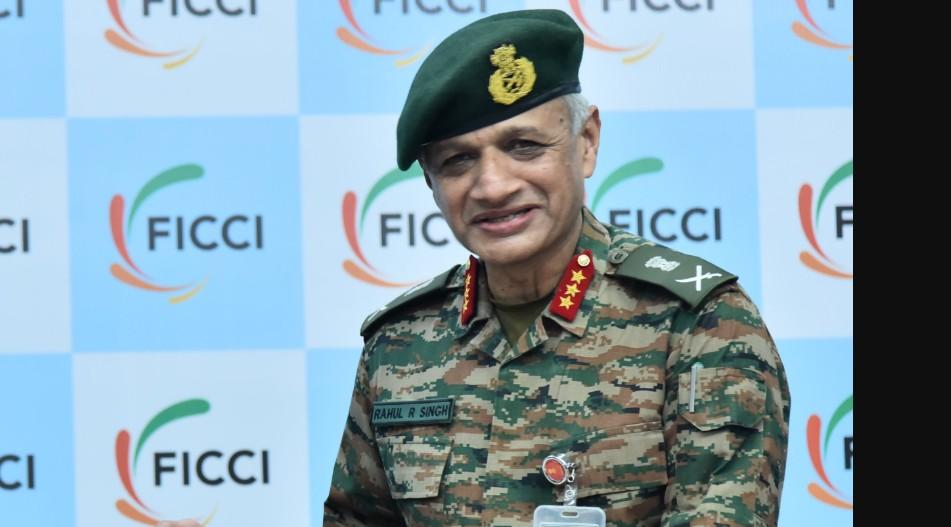In a significant revelation, Lieutenant General Rahul R Singh, Deputy Chief of Army Staff (Capability Development and Sustenance), highlighted China’s strategic use of Pakistan as a proxy to test its military hardware. Speaking at a FICCI defense seminar, Lt Gen Singh underscored the evolving nature of regional military strategies, particularly in the context of Operation Sindoor. This operation was a response to a terrorist attack in Pahalgam, which tragically claimed 26 civilian lives. The Deputy Army Chief pointed out that a staggering 81% of Pakistan’s military equipment acquired over the past five years is of Chinese origin. This statistic is not merely indicative of trade relations but reflects a strategic maneuver by China to exert influence and test its military capabilities indirectly. Lt Gen Singh elaborated on China’s approach of using real-world conflicts as a “live lab” to evaluate its weapon systems. This method allows China to refine its military technology without direct involvement, thereby minimizing its risk while maximizing strategic gains. “This must be taken very seriously,” he cautioned, urging for a vigilant and proactive stance in response to these developments. The geopolitical landscape, as described by Lt Gen Singh, is complex, with India facing challenges from multiple fronts. “We had one border and two adversaries, actually three. Pakistan was in the front. China was providing all possible support. Turkey also played an important role in providing the type of support it did,” he explained. During the DGMO-level talks, it was revealed that Pakistan was receiving real-time updates from China, further complicating the strategic environment. “When DGMO-level talks were on, Pakistan was actually mentioning that your such and such important vectors are ready for action and requested us to pull it back. They were getting real-time updates from China,” Lt Gen Singh disclosed. Strategic defense and modern warfare In response to these challenges, Lt Gen Singh emphasized the need for a robust air defense system. While acknowledging the performance of some indigenous air defense systems during Operation Sindoor, he also pointed out critical gaps that need to be addressed. “We don’t have the luxury of systems like Israel’s Iron Dome because of our vast geography and limited resources. Still, our population centers must be protected with layered air defense,” he asserted. This highlights the importance of developing and deploying advanced air defense systems to safeguard India’s strategic interests. The role of modern technology in warfare was another key point in Lt Gen Singh’s address. He underlined the growing importance of drones, counter-drone systems, and long-range artillery in contemporary military operations. “We need to move very fast. It’s a cat-and-mouse game,” he remarked, emphasizing the need for agility and innovation in military strategy. Enhancing C4ISR (Command, Control, Communications, Computers, Intelligence, Surveillance, and Reconnaissance) capabilities is crucial for maintaining strategic dominance. Lt Gen Singh stressed the importance of civil-military fusion in achieving this goal, highlighting the need for seamless integration of military and civilian resources and expertise. Operation Sindoor, as described by Lt Gen Singh, was not just a military operation but a strategic message. “The strategic messaging by leadership was unambiguous… There is no scope of absorbing the pain the way we did a few years ago… The planning and selection of targets was based on a lot of data that was collected using technology and human intelligence,” he said. This operation demonstrated India’s capability to conduct precision strikes and its resolve to protect its national interests.
